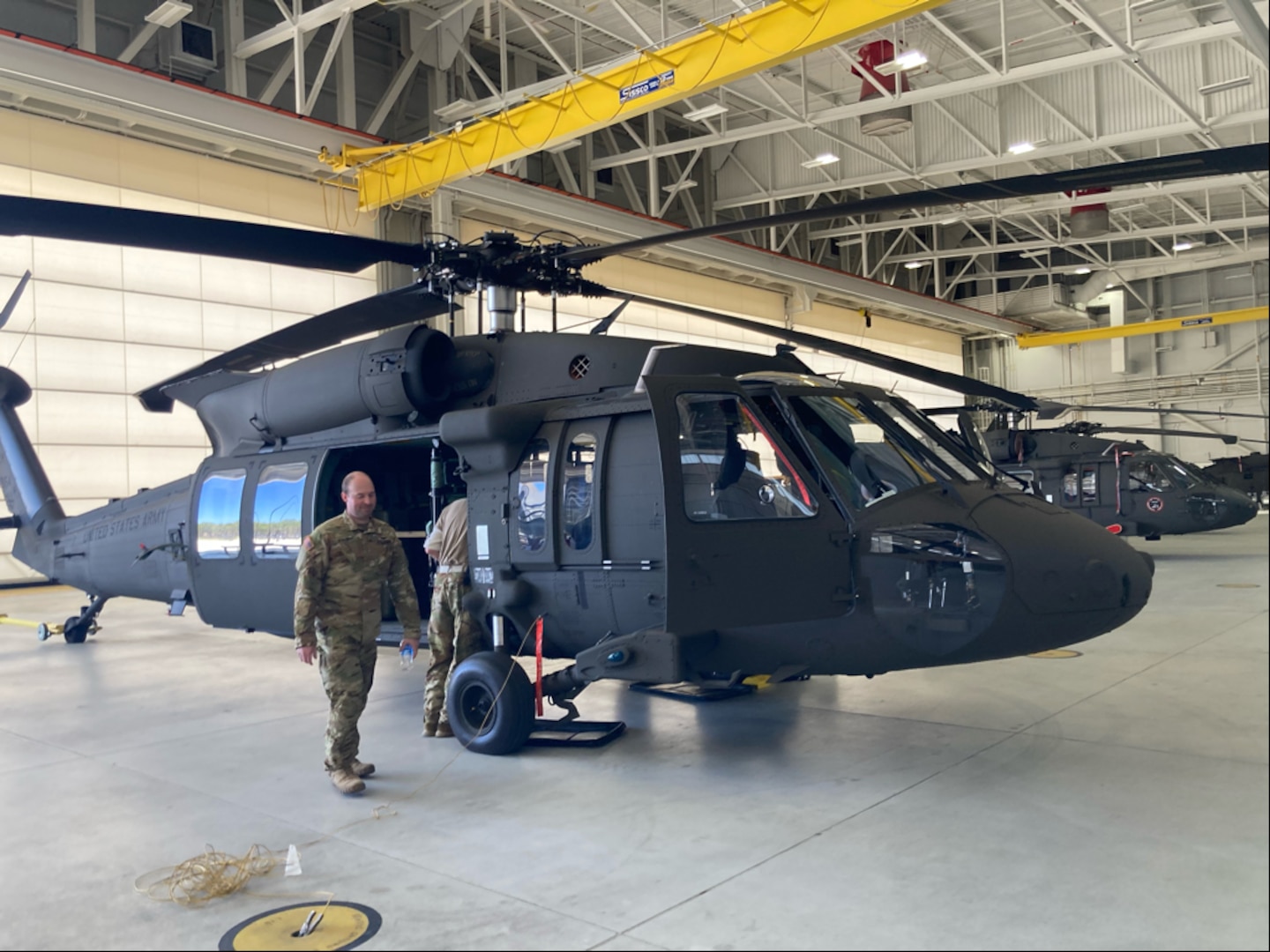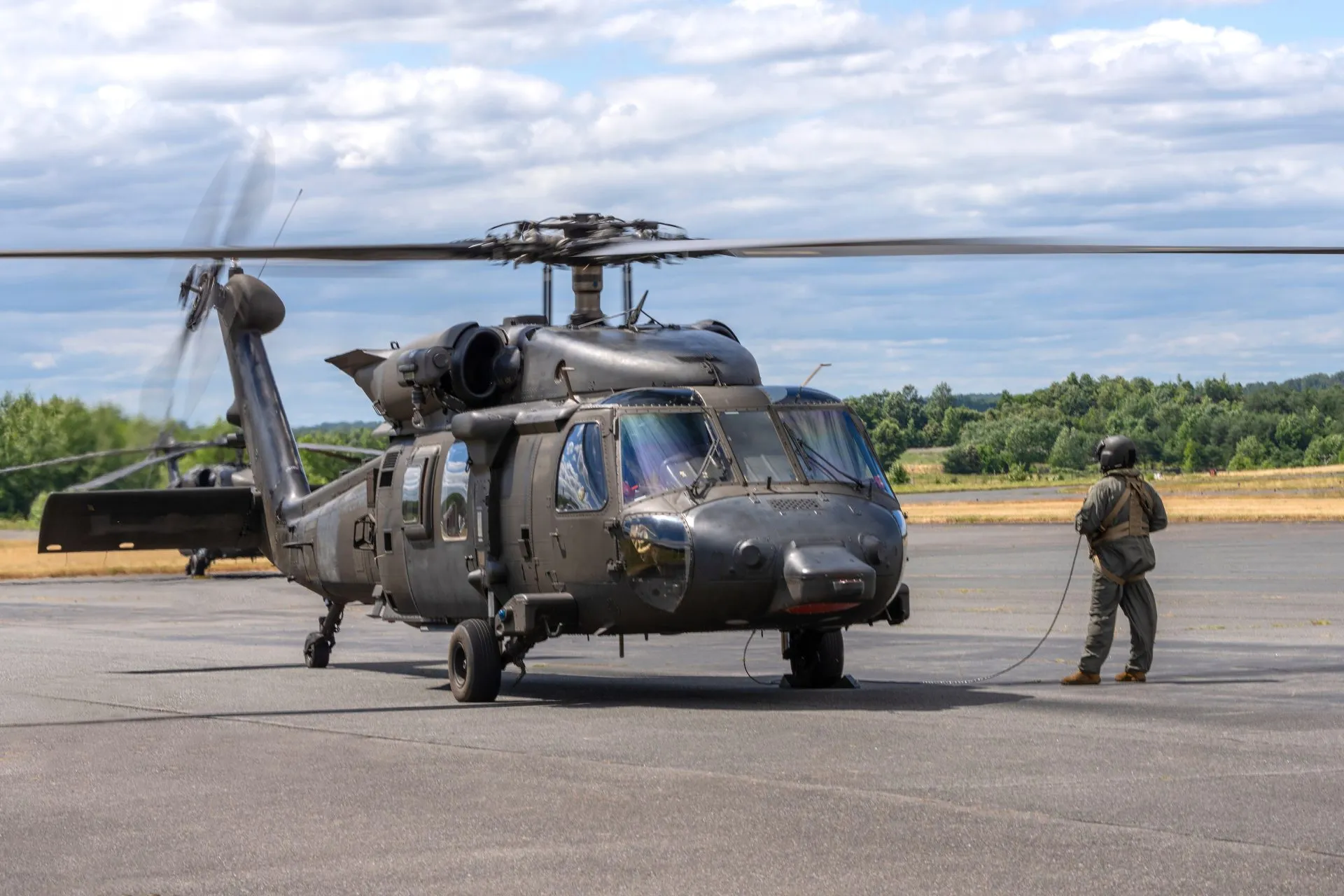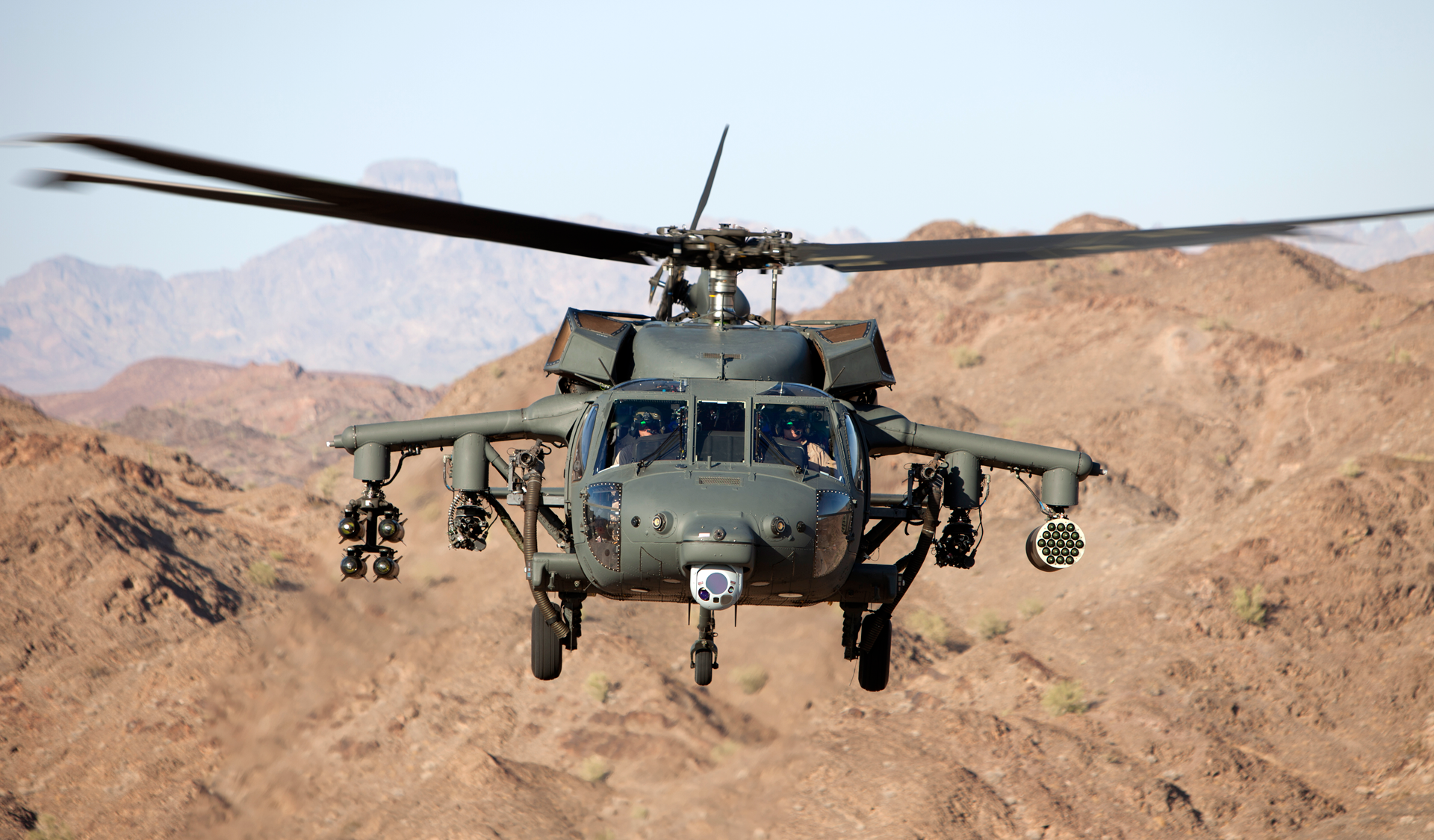Why the Blackhawk Helicopter Stands Apart as a Leader in Modern Helicopter Style
Why the Blackhawk Helicopter Stands Apart as a Leader in Modern Helicopter Style
Blog Article
Unveiling the Power and Versatility of the Blackhawk Helicopter
The Blackhawk helicopter stands as a testimony to design excellence and armed forces innovation, substantially forming the landscape of contemporary airborne procedures. As we explore its history and functional capacities, one must consider how the Blackhawk proceeds to affect contemporary fight methods and humanitarian efforts alike.
Background of the Blackhawk
The history of the Blackhawk helicopter is noted by considerable technological improvements and a strategic evolution in military aeronautics. Developed in the late 1960s by Sikorsky Airplane, the UH-60 Blackhawk was at first conceived to replace the older UH-1 Iroquois, typically understood as the "Huey." The Blackhawk's very first trip took place in 1974, and it was formally introduced to the U.S. Military in 1979.


This airplane was made to satisfy the demanding requirements of modern-day war, concentrating on convenience, resilience, and speed (Blackhawk Helicopter). Its capability to operate in different settings, paired with innovative avionics and design attributes, quickly established the Blackhawk as an essential property for military procedures worldwide
Throughout the 1980s and 1990s, the Blackhawk saw substantial usage in numerous problems, including the Gulf Battle and altruistic objectives. Today, the Blackhawk continues to be a legendary symbol of armed forces aeronautics, continuously fine-tuned to satisfy modern difficulties.
Trick Functions and Specifications
Blackhawk helicopters are renowned for their engineering quality and operational convenience, boasting a variety of essential functions and requirements that enhance their effectiveness in various army duties. Among the most substantial qualities is their dual-engine configuration, usually powered by the T700-GE-701C engines, which provide outstanding dependability and performance. The helicopter has an optimum cruise rate of around 150 knots and a service ceiling of roughly 20,000 feet, enabling it to run effectively in diverse environments.
The Blackhawk's airframe is constructed from sophisticated composite materials and light weight aluminum alloys, ensuring a durable framework while decreasing weight. It features a completely articulated rotor system that provides remarkable agility and stability. The helicopter can accommodate up to 11 fight soldiers or bring approximately 8,000 extra pounds of exterior cargo, making it extremely adaptable for numerous goals.
In Addition, the Blackhawk is furnished with sophisticated avionics and interaction systems, improving situational understanding and objective coordination. Its capacity to run in unfavorable climate condition, integrated with its reduced acoustic trademark, makes it a stealthy choice for tactical procedures. Generally, these features contribute to the Blackhawk's track record as a keystone of contemporary military aviation.
Versatile Operational Duties
Renowned for their design excellence and advanced abilities, Blackhawk helicopters offer a plethora of functional functions within armed forces frameworks. Originally made for army transportation, their flexibility has expanded, enabling them to execute different objectives efficiently.
Among the key functions of the Blackhawk is as an utility helicopter, facilitating logistical support by transferring products and personnel to and from remote places. Furthermore, they excel in clinical emptying (MEDEVAC) operations, outfitted with innovative clinical devices and employees to supply crucial treatment in the field.
In fight scenarios, Blackhawks can run as armed companion platforms, sustaining ground pressures by involving opponent possessions while ensuring troop safety and security. Their ability for special operations makes them vital; they can carry out reconnaissance missions, personnel recovery, and direct action raids, frequently in high-threat atmospheres.
In Addition, the Blackhawk's adaptability allows it to sustain altruistic goals and calamity action efforts, find more information providing aid and vital solutions in times of situation. This wide range of operational duties demonstrates the Blackhawk helicopter's unparalleled convenience, declaring its status as an essential property in modern army operations worldwide.
Technical Technologies
Many technological developments contribute to the Blackhawk helicopter's remarkable efficiency and versatility in diverse operational atmospheres. One of the most significant advancements is its composite rotor blades, which boost lift and maneuverability while reducing weight and upkeep demands. The rotor system uses advanced materials that strengthen sturdiness and withstand environmental destruction, making sure reliable operation in severe conditions.
Furthermore, the Blackhawk is outfitted with an advanced avionics collection that incorporates sophisticated navigating and communication systems - Blackhawk Helicopter. This consists of GPS, radar, and multi-function screens that facilitate real-time situational recognition for pilots, adding to mission success under tough scenarios
Furthermore, the helicopter's fly-by-wire control system permits exact handling and boosted responsiveness, supplying pilots with improved control during facility maneuvers. The unification of advanced engine innovation, such as the T700-GE-701C use this link engine, more enhances efficiency, using boosted power outcome and gas performance.
Lastly, modular design principles allow rapid reconfiguration for various missions, from troop transport to medical evacuation, making the Blackhawk a functional asset in altruistic and military operations. These technical technologies collectively make sure that the Blackhawk continues to be a powerful existence overhead.
Influence On Modern War

Outfitted with sophisticated avionics and interaction systems, the Blackhawk allows seamless control amongst ground and air units, ensuring accurate and timely reaction to vibrant combat scenarios. Its adaptability permits quick deployment in diverse settings, from metropolitan setups to sturdy surfaces, reflecting the complex nature of modern war.
In Addition, the Blackhawk's exceptional rate and dexterity facilitate fast insertion and extraction of personnel, lessening exposure to enemy fire. Its capacity to operate in aggressive conditions, combined with advanced defensive procedures, improves survivability and goal success rates.
As modern disputes significantly depend on joint operations and rapid feedback, the Blackhawk helicopter continues to be at the leading edge of military approach, personifying the development of air wheelchair and the critical role of air power in attaining strategic objectives. Its influence on contemporary war proceeds to redefine the abilities of armed forces globally.

Conclusion
In conclusion, the Blackhawk helicopter exemplifies the crossway of advanced engineering and functional versatility, strengthening its standing as a keystone of contemporary army aviation. Its historical importance, impressive attributes, and flexibility across different goal profiles emphasize its essential function in modern war. As technological innovations proceed Our site to enhance its capabilities, the Blackhawk remains an important property for armed pressures globally, demonstrating unmatched performance in both battle and altruistic operations.
The Blackhawk helicopter stands as a testament to design quality and military advancement, dramatically shaping the landscape of contemporary airborne operations.The history of the Blackhawk helicopter is marked by considerable technical advancements and a tactical development in army aeronautics.Blackhawk helicopters are renowned for their design excellence and operational flexibility, boasting an array of crucial attributes and requirements that improve their efficiency in various military roles.Various technological innovations add to the Blackhawk helicopter's phenomenal efficiency and adaptability in diverse operational atmospheres.In conclusion, the Blackhawk helicopter exemplifies the junction of sophisticated design and operational versatility, strengthening its condition as a foundation of modern armed forces aeronautics.
Report this page